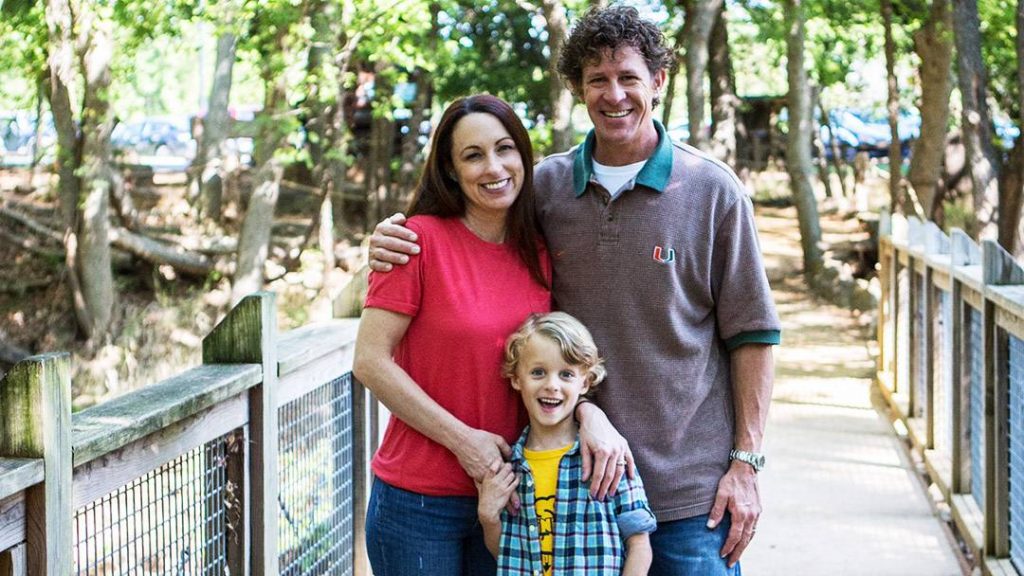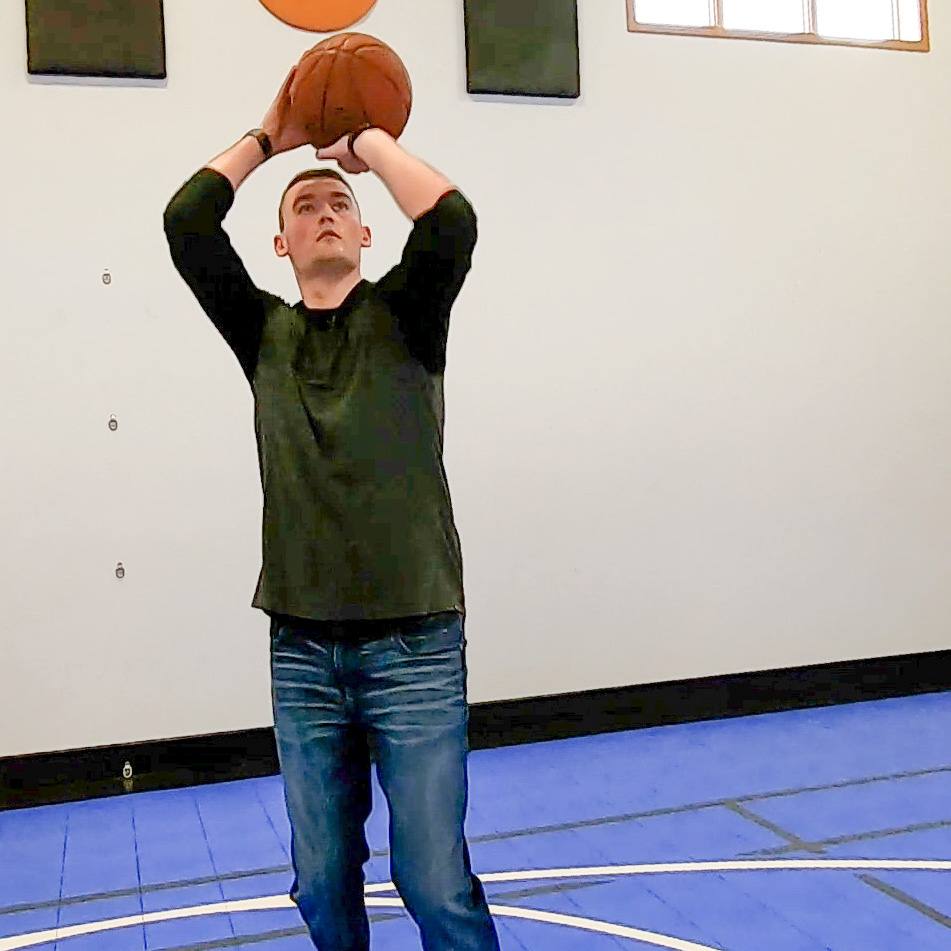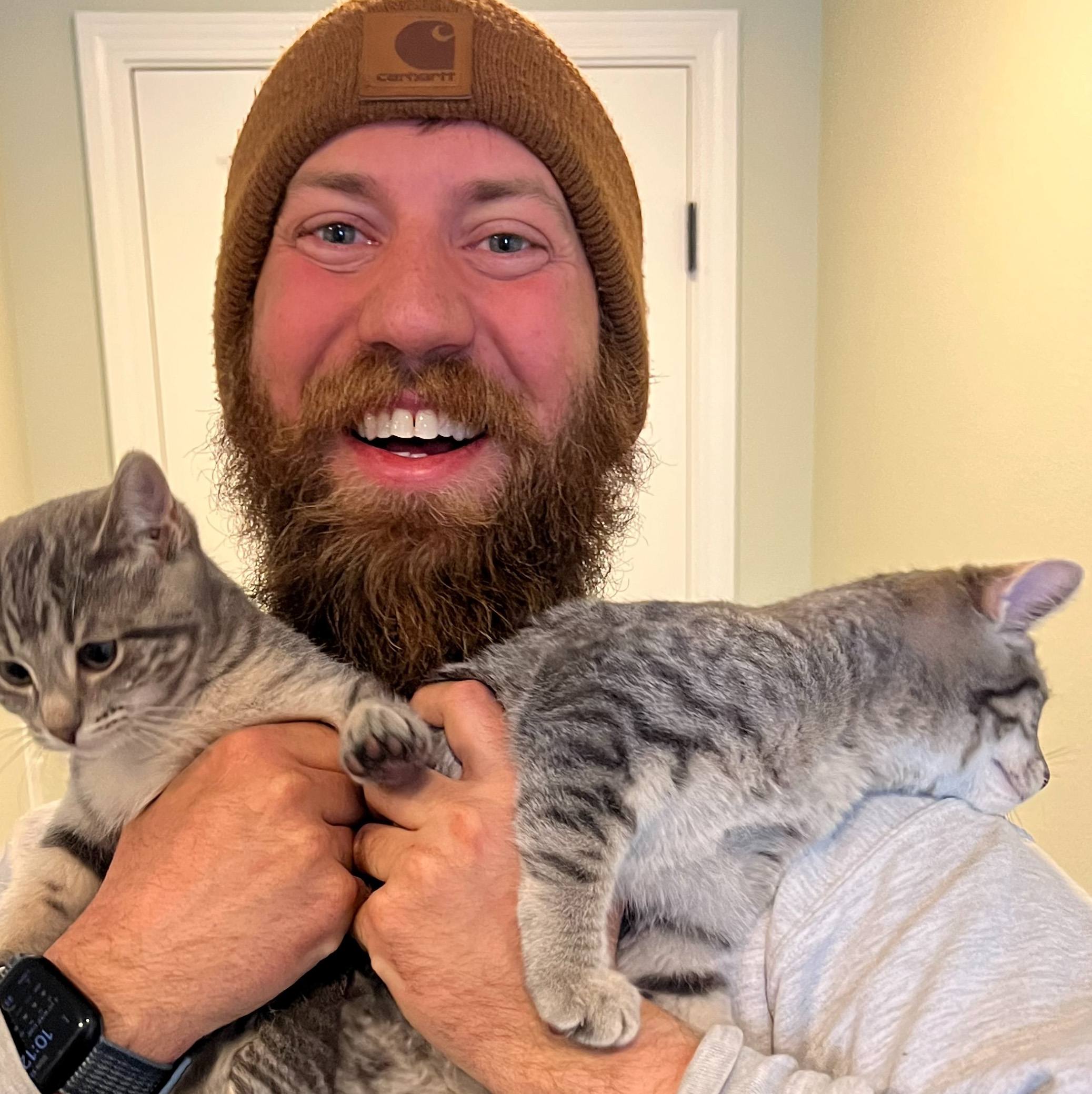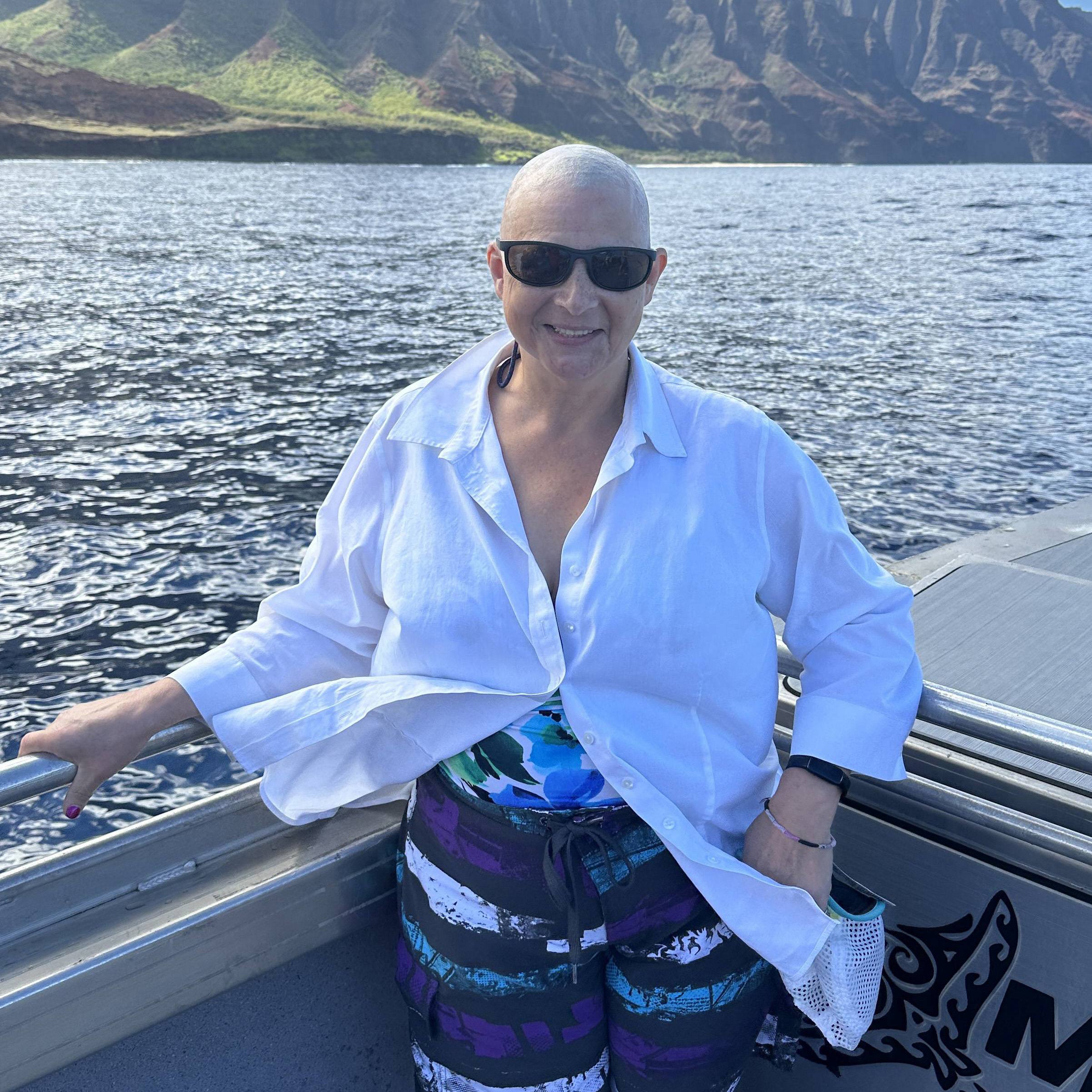
Before coming to Mayo Clinic, Denny Hinshaw had lived with epileptic seizures for more than 10 years, and they were eroding his personal and professional life. Since Denny came to Mayo Clinic for care, however, all that is in the past.
Near the end of December 2018, Denny Hinshaw turned on the TV in his home in Temple, Texas, just in time to catch a documentary on Mayo Clinic by renowned filmmaker Ken Burns. "It was wonderful," Denny says of the documentary that chronicles how Mayo Clinic has met the changing demands of health care for more than 150 years.
For Denny, however, the documentary was more than informational entertainment. It also inspired hope in him — hope that Mayo Clinic could be the one medical institution in the U.S. with the knowledge and desire to rid his body of the epileptic seizures he'd been living with for the past decade.
Denny's seizures were the result of two head traumas he suffered in his late 30s. The second was a dirt bike crash that happened when an attempted jump at 60 mph went wrong. "I hit the ground hard and knocked myself out," he says.
Though she was with him at the time, Denny's wife didn't witness the accident. And after regaining consciousness, Denny chose not to tell her. "She was against me getting the dirt bike to begin with for this very reason," he recalls. "And I stupidly didn't want to give her the satisfaction of knowing she was right."
Instead, after coming to and regaining his faculties, Denny drove them home where he thought he'd escaped serious injury and a serious reprimand from his spouse. A few months later, however, the true effects of the accident came to light when Denny began experiencing what he now recognizes as simple partial seizures. "We didn't know they were partials at the time," he says.
Months later, the simple partial seizures Denny was experiencing manifested into his first grand mal seizure. "Thank God that happened at home in our master bedroom with my wife, who's a nurse, in the room with me," Denny says. "It was then that we knew I was probably suffering from epilepsy. It was also then that I had to tell her about the dirt bike wreck."
New hope after years of struggle
The change in his health couldn't have come at a more inconvenient time for Denny. "I owned my own construction company, and business was going well," he says. "I had jobs going in five different states. Nothing in my life was struggling until the seizures started."
For the next year, Denny would find ways to fight through the growing frequency and intensity of his seizures, until it became evident he could no longer do so while also trying to lead a growing construction company. "After about a year, it was clear I needed to shut my business down and figure out what we were going to do medically," he says.
"I started thinking, 'How in the world am I ever going to be able to work again and get back to living a normal life?'"
Denny Hinshaw
That decision would be the beginning of an 11-year journey that had Denny going from one neurologist to another. After putting him through a multitude of tests, those specialists would invariably prescribe a multitude of medications intended to keep his seizures at bay, to no avail.
"As soon as I would get used to each new batch of drugs, something would happen again," Denny says. "Over those 11 years, I'd been put on about 30 different epilepsy drugs. Over time, I finally began to resign myself to the fact that there was something deeper going on. Because once my body got used to the new drugs, the show was over. I went right back to having seizures daily. I started thinking, 'How in the world am I ever going to be able to work again and get back to living a normal life?'"
It was at that point Denny found "The Mayo Clinic: Faith – Hope – Science" by Ken Burns. "After watching the documentary, I called Mayo Clinic the next day," he says. "I talked to a very nice patient appointment coordinator. We scheduled an appointment, and she told me exactly where I needed to go and exactly who I needed to see. I don't think I slept at all that night because I spent so much time on the computer reading about Mayo Clinic."
Team approach to individualized care
When he arrived in Rochester, Denny went to the eighth floor of the Mayo Building to see epilepsy neurologist Terrence Lagerlund, M.D., Ph.D. When he was called back to Dr. Lagerlund's office for his first appointment, Denny says he knew his stars of hope and healing were beginning to align.
"I'm a big Miami Hurricanes fan, and when I arrived at Mayo for my first appointment with Dr. Lagerlund, I noticed a plaque on his wall that said he'd studied in Miami," Denny says. "I told myself: 'You're going to listen to whatever he says and whatever he wants to do. This is his show now.'"
For Dr. Lagerlund, however, assessing Denny's epilepsy and coming up with the best possible treatment plan was anything but a one-man show. "He put me through about a week and a half of testing and said my test results would go to 12 epilepsy specialists from Neurology, Neurosurgery, and Neuroradiology who would all analyze the results and come up with what they thought was the best treatment approach," Denny says. "I immediately knew I'd come to the right place. I'd never experienced that kind of team approach to my care before."
Dr. Lagerlund also told Denny that after the team of surgeons had analyzed and scrutinized his test results, he'd be placed into the care of one dedicated neurosurgeon who would then carry out the recommended treatment plan. That neurosurgeon was Jamie Van Gompel, M.D.
"I immediately knew I'd come to the right place. I'd never experienced that kind of team approach to my care before."
Denny Hinshaw
The test results showed Denny had a small encephalocele on his brain. Encephaloceles result from defects at the base of the skull that allow a sac-like protrusion of the brain and the membranes that cover it through an opening in the skull. In some cases, encephaloceles can lead to seizures.
"We initially discussed that one potential approach to his care would be to first put an electrode into the encephalocele, as well as several more into his brain's medial hippocampus and amygdala, in order to record his seizures to ensure they were not arising independently from the hippocampus," Dr. Van Gompel says. "This, however, would have been quite costly and time-consuming and difficult for him to undergo while living in Texas."
The team's second treatment recommendation was one that would not only be faster, but one that they believed carried the highest chance for success and the lowest risk of side effects.
"We also discussed a surgical resection of his inferior temporal lobe, during which we'd surgically remove the problem area and repair it with abdominal fat," Dr. Van Gompel says. "Each surgery, of course, is not a one-size-fits-all solution. It's truly a form of individualized medicine at Mayo Clinic, where we take into account each patient's imaging data, and then come up with something that makes sense for them. We didn't know exactly what the surgery would do for Denny, but we all thought it had a good chance of being successful."
The team presented Denny with the second treatment option, explaining to him that it was possible another procedure might be necessary in the future if his symptoms came back. It was a chance Denny was willing to take. "I was like: "Yes, let's do it. Let's do the surgery," he says. "I didn't want to wait any longer because I couldn't continue living with these seizures."
Goodbye to the past
After the surgery, during which Dr. Van Gompel and his surgical team removed the small portion of Denny's brain that they believed to be the source of his seizures, Denny says the change was immediate.
"I noticed a difference within two days," Denny says. "Dr. Van Gompel was able to remove about 90% of the problem area, so I still need to be on a small dosage of antiseizure medication going forward, but I'm finally able to think and work properly again. I feel like my body and my brain are fully recovered and back to their original state. Before coming to Mayo, my eyes would twitch, and I'd have headaches almost daily. But since the surgery, that's all gone, too. It's all in the past now."
"It's just been a wonderful experience for me from start to finish."
Denny Hinshaw
It's an outcome that Dr. Van Gompel is happy to have had played a part in. "This is why I love doing epilepsy surgeries," he says. "We do some really interesting surgeries here at Mayo Clinic, but epilepsy surgeries are probably the most amazing for me because something as simple as taking a small part of the brain out — while it's not a very difficult procedure for us to do — can have such a major impact for patients like Denny."
With the seizures behind him, Denny now wants to share his experience with as many others as he can. "I've told everyone I know about how great Mayo Clinic is. I'm up to sending nine different people to Mayo Clinic as patients now," he says. "It's just been a wonderful experience for me from start to finish. I've told so many people: 'You'll be overcome by joy, love and compassion when you get to Mayo Clinic. Everyone there is going to put their arms around you and do everything they can to put an end to your medical worries, just like they did for me.'"
HELPFUL LINKS
- Read about the symptoms and causes of epilepsy.
- Learn more about Mayo Clinic's Department of Neurosurgery.
- Explore Mayo Clinic.
- Request an appointment.
Related Articles







